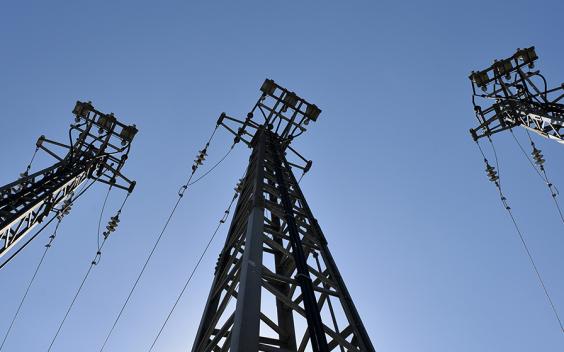Grid access over the 12 months of the pilot project shall be billed in accordance with the tariff structure and the prices approved by ERSE in the Directive approving tariffs and prices each year (prices applicable to customers not participating in the pilot projects).
At the end of the pilot project each participant may choose one of the following billing alternatives:
a) To be billed within 12 months in accordance with the schedules and prices approved by the ERSE pricing and tariffs’ directive each year, i.e. that which the customer paid during the 12 months of the pilot is not subject to any change;
b) To request that the billing of the 12 months of the pilot project be adjusted for the new pilot time periods, with the application of the prices defined annually by ERSE in the tariffs and pricing directive;
c) To request that the billing of the 12 months of the pilot should be adjusted for the time periods and prices that are defined for the pilot project in which the customer participated.
The following table summarises the three options that will exist for billing the customer during the pilot project:

There is, however, a limit on the savings that the customer may have. If the customer goes for option c), with the periods and pricing of the pilot project, their billing may not be less than 90% of the billing that would be applied to them under option b).
The following example, provided by ERSE in the document justifying Directive 2/2018 on pilot projects, illustrates the alternatives that will be available to the customer:

The customer will pay, over the 12 months of the pilot project, the amounts corresponding to option A. At the end of the pilot project, however, they may choose an adjustment according to options B and C.
Example 1- Customer chooses to maintain billing with the current times and prices;
Example 2- The customer prefers the application of the time periods of the pilot and the current prices, thus being entitled to a transfer of €110 - €80 = €30.
Example 3- The best option is to choose the new time periods and pricing applicable to the pilot project. However, since option C must be at least 90% of option B, the customer will be billed €90. As he paid €110 during the pilot, he is entitled to receive €110- €90 = €20.


